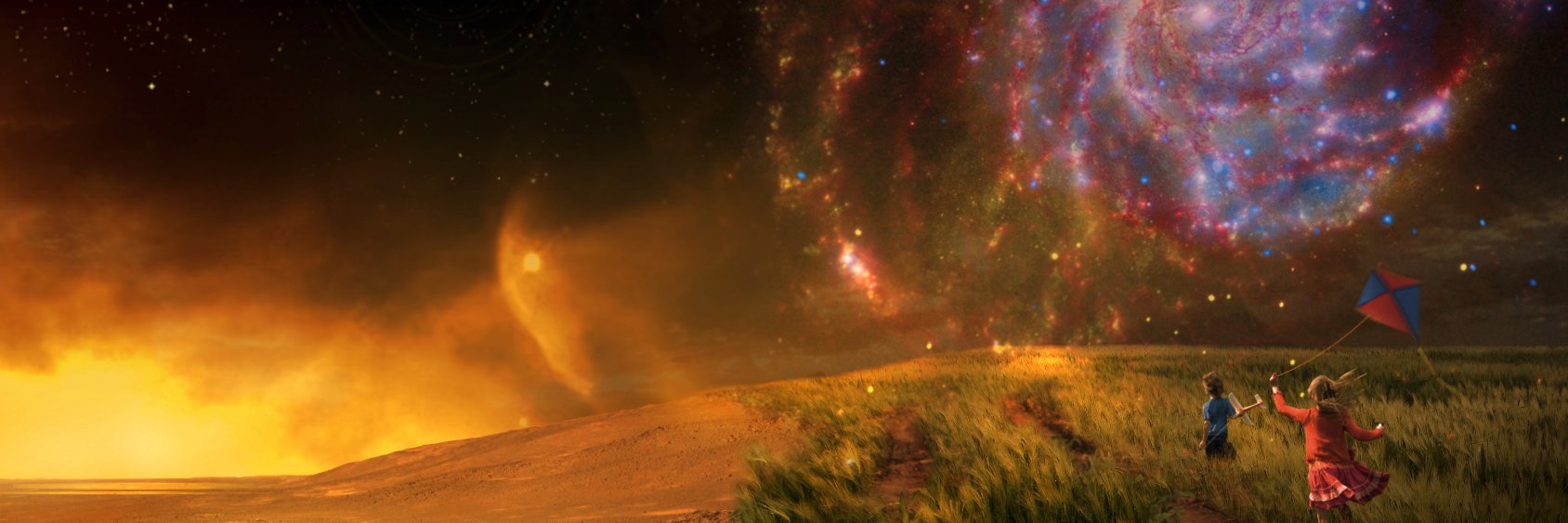
NASA Astrobiology: Exploring Life in the Universe
@NASAAstrobio
Studying the origin and evolution of life on Earth to inform the search for life elsewhere in the Universe. Verification: http://nasa.gov/socialmedia
Our Alien Earth: A NASA Astrobiology Documentary Series – now streaming on NASA+ Join scientists on expeditions to our planet's most extreme environments & get a front-row seat to how research on Earth is shaping missions to search for life in the cosmos: go.nasa.gov/OAE-Greece
A jaw-dropping new look at one of our primary targets for astrobiology research in the solar system – and an update from two of our robotic explorers unlocking the Red Planet's secrets!
Images from this observation were made into an animation. Here's where the @NASAPersevere and @MarsCuriosity rovers are exploring, along with a view that Curiosity captured from the ground yesterday!
📢 Important: As part of NASA’s effort to streamline communications, this account will eventually be archived. For news, discoveries, and resources related to understanding life and its potential in the cosmos – please follow @NASASolarSystem, @NASAMars and @NASAUniverse.
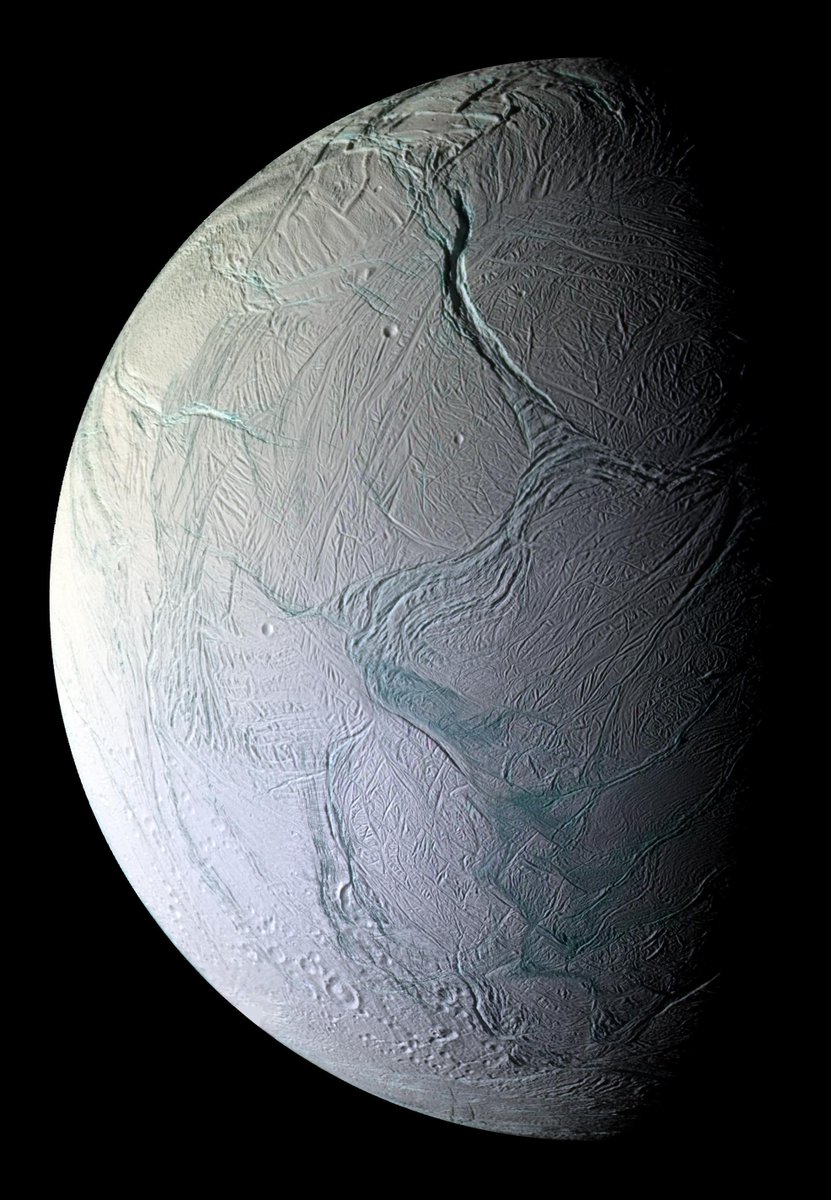
Are we alone? To find out, we’re building the Habitable Worlds Observatory. This powerful space telescope uses proven technologies from @NASAHubble, @NASAWebb, and @NASARoman to look for signatures of planets that can support life — and maybe life itself. go.nasa.gov/44KCbT7
Coming up soon – join our live Q&A at 1pm ET and submit questions using #AskAstrobio: youtube.com/live/inUtccCID…
Our next #AskAstrobio guest, Dr. Amber Young, uses climate and photochemical modeling to identify clear signs of life in Earth’s atmosphere—and applies that expertise to develop new strategies for detecting life on distant rocky planets. Join her live Q&A on June 17 at 1pm ET:…
Our next guest on #AskAstrobio, Dr. Amber Young from @NASAGoddard, is modeling possible habitable worlds beyond our solar system. Which stellar type do YOU think is most likely to host a habitable exoplanet? Vote here: youtube.com/channel/UC14eJ… Bring your questions June 17 at 1pm…
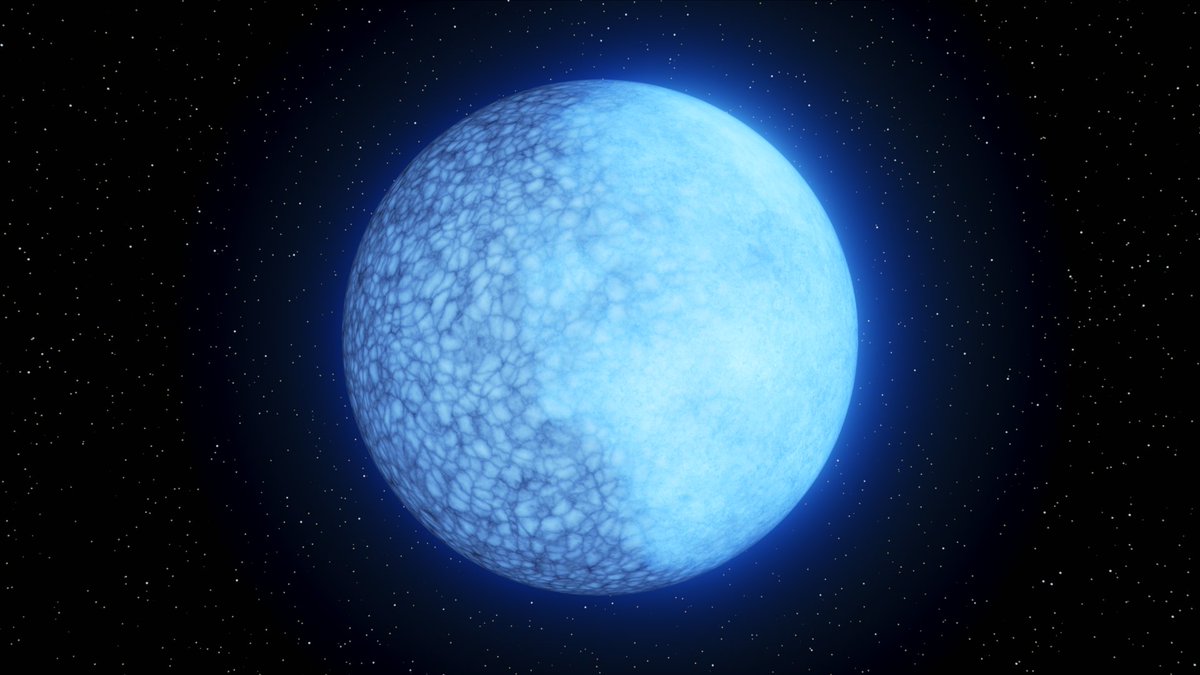
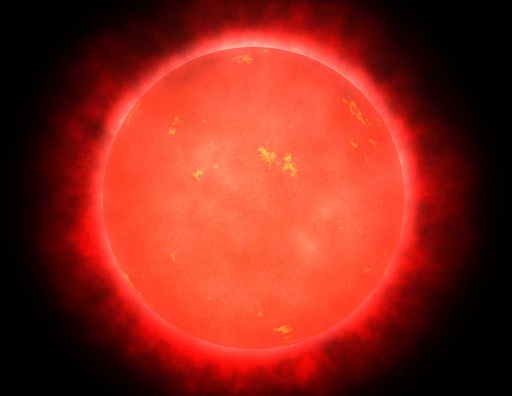
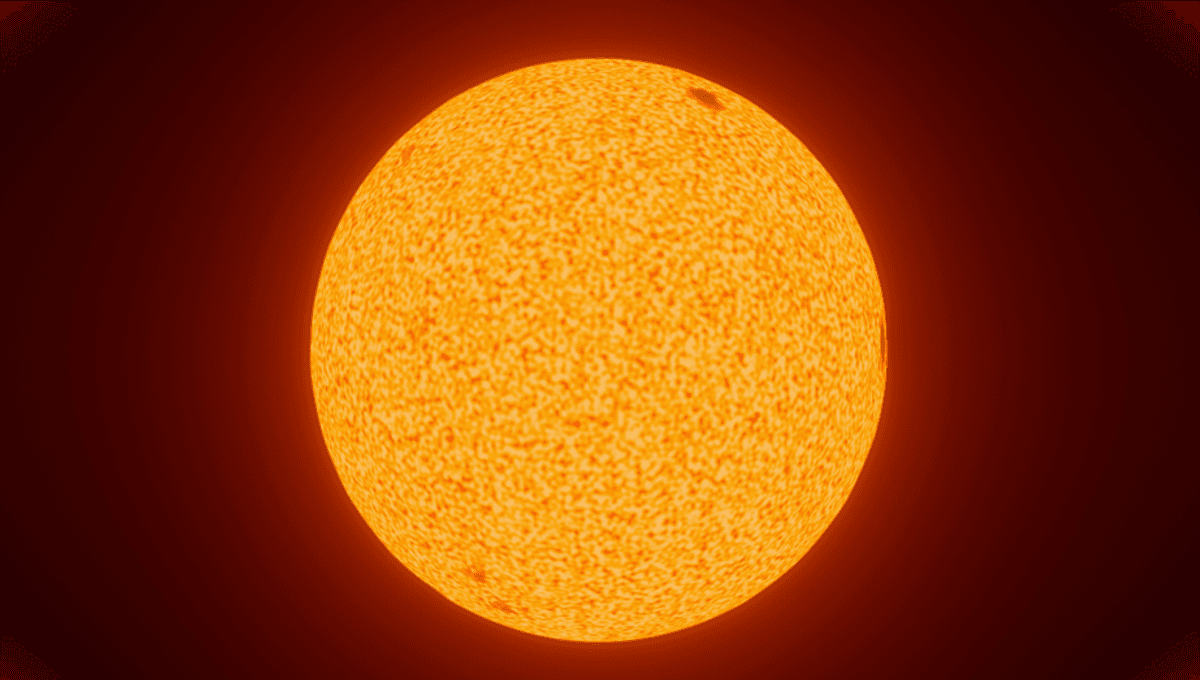

Our next #AskAstrobio guest, Dr. Amber Young, uses climate and photochemical modeling to identify clear signs of life in Earth’s atmosphere—and applies that expertise to develop new strategies for detecting life on distant rocky planets. Join her live Q&A on June 17 at 1pm ET:…

Where did Mars' water go? And why? These questions have long puzzled scientists. Now, after a decade of searching, @NASAMars’ MAVEN has made the first direct observation of an elusive atmospheric escape process known as sputtering, offering new insight into the Red Planet’s…
What if colors hold the key to finding alien life? Get answers straight from the expert! Dr. Lígia Coelho joins #AskAstrobio live today at 1pm ET to discuss her groundbreaking microbial research and space exploration innovations. Bring your questions & share for a shoutout:…

Our next guest for #AskAstrobio is Dr. Lígia Fonseca Coelho, an astrobiologist who studies biological pigments of a certain color that she says could expand our list of potential candidates for habitable worlds outside our solar system! What color planets should future telescopes…
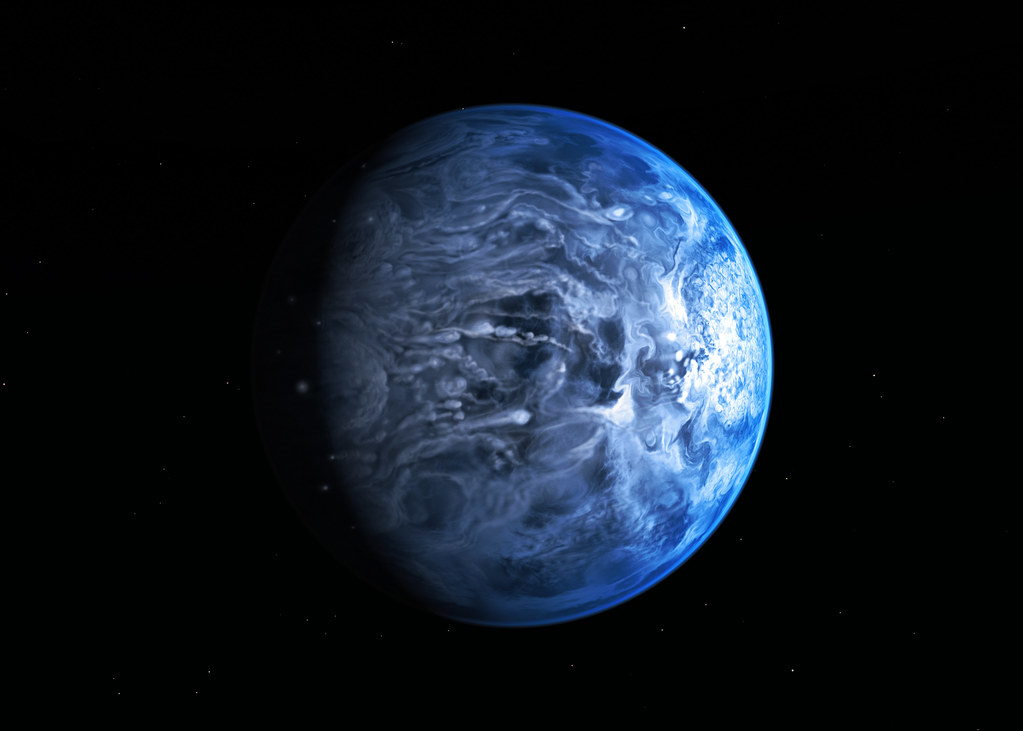
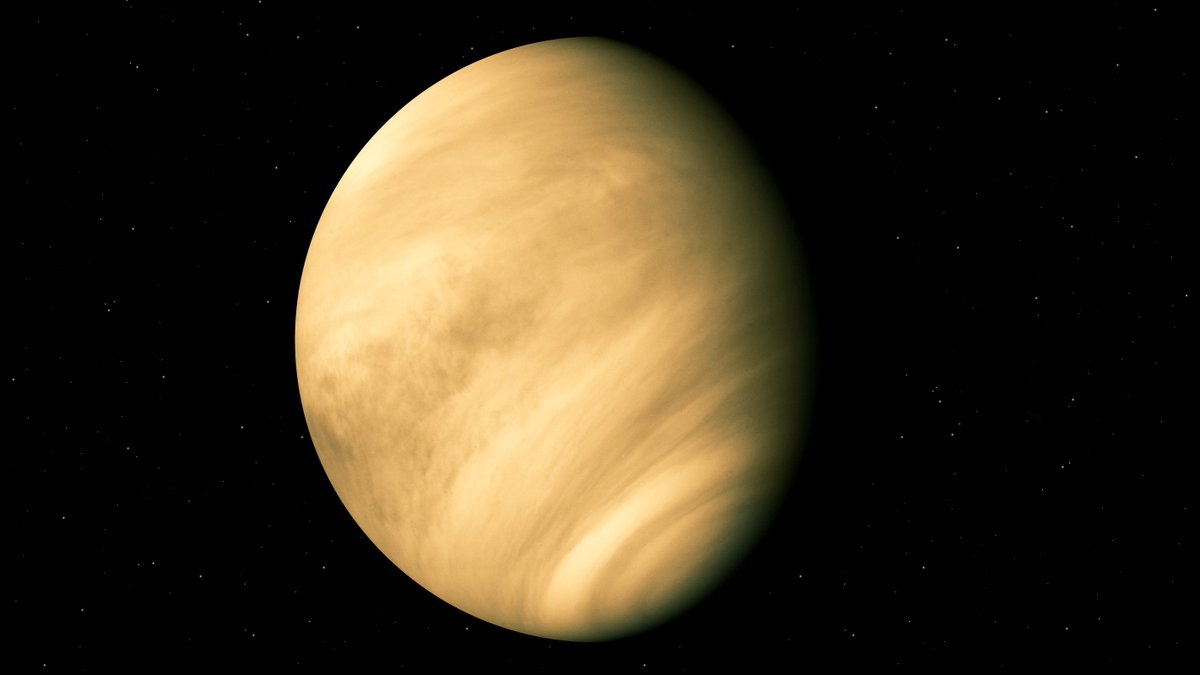


It's only fitting our Mars rover has the help of two trusty detectives, SHERLOC and WATSON, to help solve Mars' mysteries! Dive into the tech that makes our search possible here: go.nasa.gov/4jfFxmi
How do I search for signs of past life on Mars? My instrument SHERLOC helps me spot chemical clues in the rocks, while WATSON zooms in on tiny details. It’s all part of decoding Mars’ ancient secrets from right here on the surface.
How did life begin on Earth? Our Dragonfly mission aims to find clues by exploring Titan, Saturn’s largest moon. As a pristine chemical "laboratory," Titan offers a unique window into the processes that may have led to complex molecules and the first signs of life! More:…
Time to take a bite out of "Krokodillen!" I'm exploring a new area that has been on my science team's wish list for a while. The rocks here formed before Jezero Crater was created and could include some of the oldest rocks on Mars. go.nasa.gov/4kwyuHb
That includes the astrobiology documentary series Our Alien Earth! Join scientists on expeditions to some of our planet's most extreme environments—where they test cutting-edge technologies for NASA’s search for life—all from the comfort of your couch.
If you have Amazon Prime, you have a new way to watch NASA live and original programming. Launches, landings, spacewalks, and documentaries are now available via our Amazon FAST channel, ad-free: go.nasa.gov/4lVUvR4
In a new study, NASA-supported scientists explored rare bacteria that survive only by living and reproducing as a group—like a multicellular organism. They’re the only known bacteria to do this, and studying them could help astrobiologists explain key steps in life's evolution.…

Launching in 2028, NASA’s Dragonfly mission will send a rotorcraft lander to explore Saturn’s moon Titan.🚁🪐 Graduate students are invited to apply for a 2-year term to work with Dragonfly mission team members. Applications are due June 9. Learn more: dragonfly.jhuapl.edu/Student-Opport…
Ever find yourself wondering, “What’s Perseverance up to these days?” If so, look no further. My team writes about my observations and discoveries. It's fulfilling to contribute to humanity’s understanding of Mars — one data point at a time. Follow along: go.nasa.gov/4k1aqMp